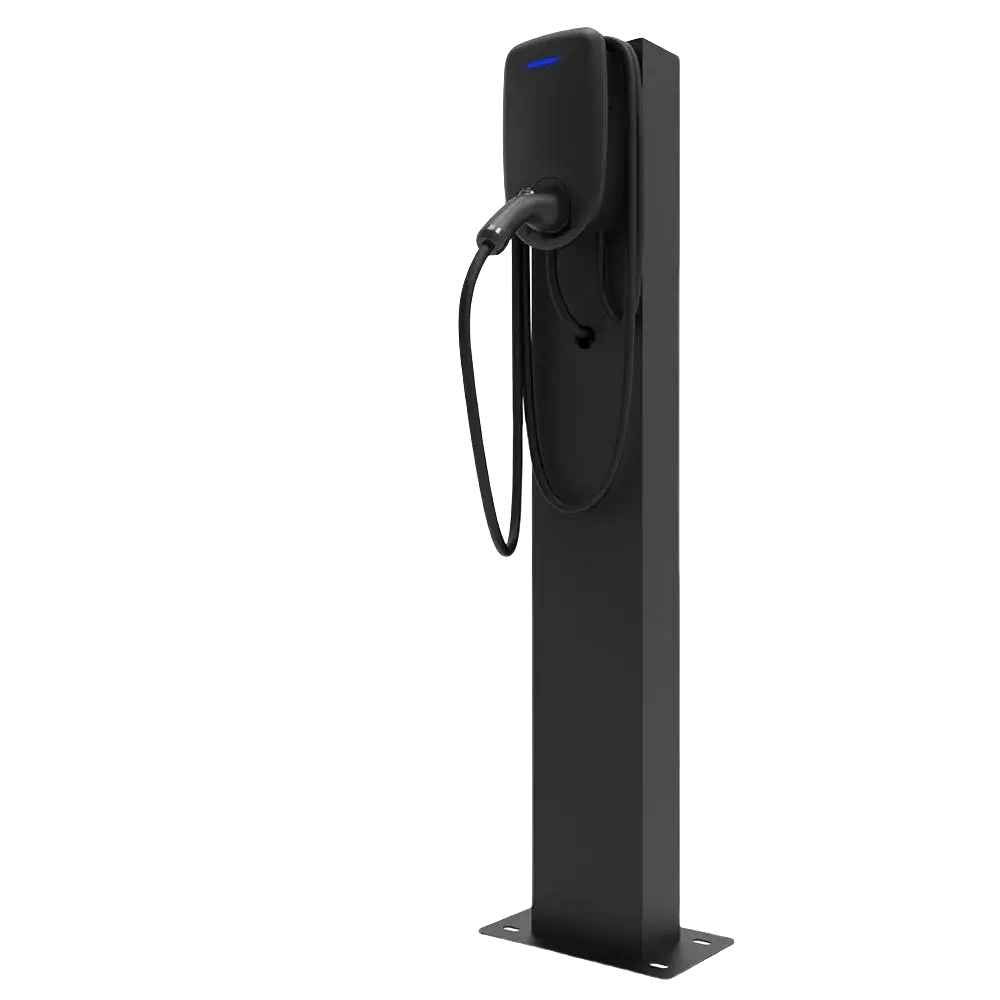News Snapshot: What’s Driving EV Charging Strategy Now?
Recent headline: Fewer than 400 EV-Ladestationen have been built under the $7.5 billion U.S. infrastructure program as of April 2025 — triggering criticism over deployment slowdowns, unclear performance targets, and delayed funding.
This reflects a broader challenge: even with substantial investment, EV charging station rollout can be hindered by permitting delays, utility coordination bottlenecks, and planning missteps. For B2B buyers in Southeast Asia and the Middle East evaluating EV charging implementation, these trends underscore why avoiding common installation mistakes is crucial for achieving efficiency, uptime, and return on investment.
Mistake 1: Treating EV Charging as a One-off Equipment Purchase
Many businesses fall into the trap of viewing EV charging station as simply buying devices, rather than planning a scalable infrastructure rollout. For B2B buyers—such as developers, fleet operators, and commercial property managers this leads to missed opportunities in optimizing site layouts, future-proofing capacity, and managing total cost of ownership. Instead, commercial EV charging station deployment should be treated as a structured project: begin with a site feasibility study, engage with utilities on capacity and timeline, plan modular installation to accommodate growth, and align stakeholders on strategic goals. This approach avoids “limited site readiness” mistakes and ensures the project supports operational continuity, load management and future expansion across SEA and MENA.

Mistake 2: Underestimating Power, Utility Coordination & Permitting
A frequent misstep is failing to assess electrical capacity, ignoring peak load demand, or delaying permit and AHJ (Authority Having Jurisdiction) engagement. Without early coordination on permits and grid readiness, B2B installations risk delays and costly rework. Especially in Southeast Asia and the Middle East, where grid infrastructure varies greatly, early dialogue with power providers and competent permitting processes is essential.
Incorporate load-management strategies, schedule EV charging station activation during off-peak periods, and reserve space for additional panels or energy distribution enhancements. By integrating grid-integration planning and utility collaboration from the start, enterprises avoid permit bottlenecks and ensure smooth handover into operations.
Mistake 3: Overlooking Compliance, Interoperability & Service Preparedness
Skipping early planning for compliance and open protocol interoperability can lead to reinstallation or network fragmentation. Commercial EV charging station deployments need to align with local electrical codes, safety standards, and cybersecurity norms.
In B2B contexts, the ability to integrate with fleet management systems, user authentication platforms, or payment back-ends matters—even if specifics aren’t in scope, planning for open-standard OCPP interoperability shields future flexibility. Simultaneously, preparing for operations & maintenance—defining SLA scope, field-service coverage, and escalation workflows—ensures commercial-grade uptime. For buyers targeting SEA & MENA markets, a vendor-neutral, protocol-aligned approach enables multi-location scale-up, easier third-party integrations, and stronger long-term service resilience.
Mistake 4: Installing Consumer-Grade or Under-Scaled Infrastructure
Choosing charging hardware designed for residential use or underestimating concurrent usage leads to frequent downtime and poor user experience. In commercial environments—offices, fleet depots, or retail hubs—the duty cycle and load demand are higher. Opting for infrastructure with remote monitoring, modular expansion ability, and built-for-business durability ensures operational reliability.
Include provisions for smart load balancing, easier spare-parts provisioning, and proactive maintenance. Even without naming brands or citing technical specs, framing procurement decisions around “commercial-grade operations & maintenance readiness” and “scalable EV charging infrastructure” conveys critical differentiation for B2B buyers in emerging markets.

Mistake 5: Neglecting Post-Installation Support, Lifecycle Planning & Performance Tracking
A project isn’t complete once chargers are switched on. The most successful B2B deployments include defined post-installation support: service level expectations, spare-parts logistics, monitoring dashboards, and a lifecycle upgrade plan. In SEA & MENA, where site access and service networks can be geographically dispersed, clear escalation paths, regional technician readiness, and remote diagnostics are essential. Also, define performance tracking—such as uptime, session reliability, user satisfaction, resolution response—and feed insights back into optimization loops. These practices ensure that installations remain reliable, scalable, and aligned with enterprise goals over time.
Consolidated Deployment Roadmap
Feasibility & Market Planning: conduct market and site assessment, align around long-term infrastructure roadmap.
Electrical & Permit Preparation: engage utility, complete permitting, perform load and grid readiness planning.
Procurement with Interoperability in Mind: choose commercial-grade, modular infrastructure designed for OCPP/Open integration.
Professional Installation–Ready for Growth: ensure high-quality installation, accessible location, space for expansion, remote management.
Operations & Lifecycle Support: define SLA, monitoring, spare-parts strategy, service coverage, performance tracking, future upgrades.
This structured, B2B-oriented pathway helps businesses avoid the top mistakes and enables reliable, scalable EV charging implementation.
Business Buyer’s Evaluation Checklist
Project Mindset: Are you treating charging deployment as a phased project, not just hardware purchase?
Grid & Permits: Have you coordinated with utilities and AHJs early?
Compliance & Integration: Is interoperability and regulatory readiness built in?
Durability & Monitoring: Is your infrastructure commercial-ready with remote diagnostics?
Lifecycle & Support: Do you have defined post-installation service, SLA, and performance monitoring?
Partnering with a reliable EV Charging Station manufacturer can also ensure that your procurement, service coverage, and scalability requirements are fully met.
Conclusion & Call to Action
Avoiding these five common mistakes—treating EV charging station as a one-off purchase, underestimating grid needs, ignoring compliance and interoperability, deploying under-scaled infrastructure, and skipping post-launch support—ensures your EV charging station rollout delivers reliability, scalability, and business value across Southeast Asia and the Middle East. Ready to explore commercial charging solutions designed for B2B buyers and multi-site deployment? Visit your solutions page on our website to learn more and connect with our expert team.
